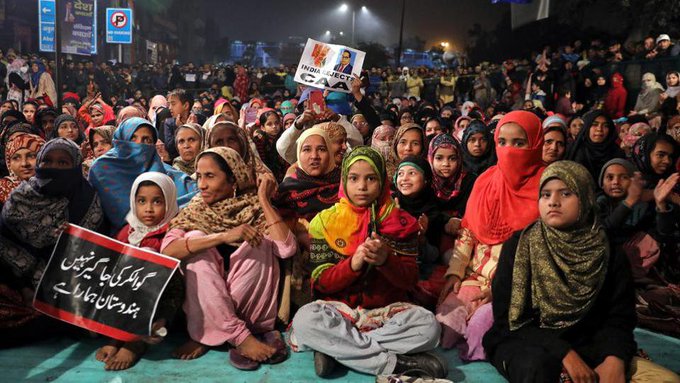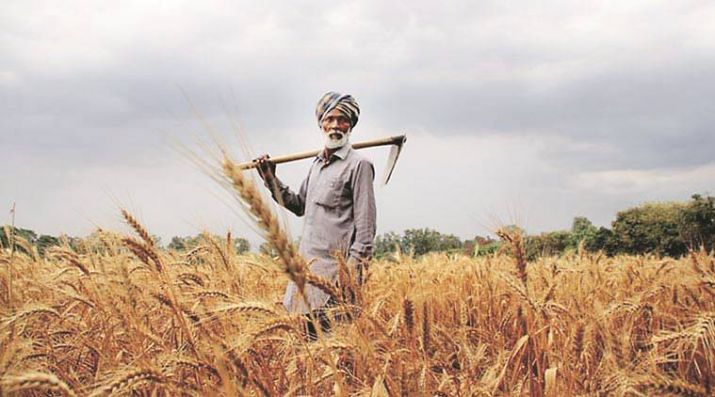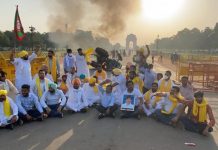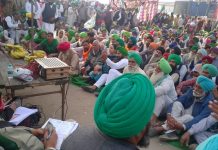Thailand is witnessing the largest and the longest anti-government protests since the military coup of 2014. The students-led pro-democracy protests are demanding a systemic change to the way the country is run. Thailand has a long history of violent mobilisations and coup d’etats, but the ongoing protests form a new wave of political unrest that began in February this year when a pro-democracy opposition party- Future Forward Party- was forced to dissolve. Another event that is being said to have catalysed the ongoing demonstrations is the disappearance of the pro-democracy exiled activist Wanchalearm Satsaksit in June, allegedly orchestrated by the Thai state.
The largely leaderless protests that started in February blew up into many thousands over this weekend, seeing a new generation of disillusioned Thai youth that came of age under the military rule. Their politics grew in the university campuses across Thailand who are angry with the undemocratic governance and refuse to live in an atmosphere of fear over speaking against the monarchy.
In an unprecedented manifesto of demands presented at a protest meet, the groups of protestors shocked the nation by calling for a reform to the monarchy.
Thailand is a society that has traditionally learned to revere and love the monarchy and fear the consequences of talking against it. It is one of the few countries that follows the Lese Majeste law that criminalises the act of speaking against the institution of monarchy- the king, the queen, the heir or the regent- with jail sentence of up to 15 years.
The protestors are seeking an end to this reign of crushing dissent and free speech. King Maha Vajiralongkorn, who inherited the throne in 2016, enjoys a majestic lifestyle which has also seen criticism by some Thai people, especially during the coronavirus pandemic. He spends most of his time abroad and is rarely seen in public.
The demand for a new constitution that is democratically drawn and is not sponsored by the military has seen exceptional support among the youth. The protestors are opposing the political system that is dominated by the role of the military in coalition with the monarchy. The overwhelming involvement of the Thai military in the operations of the parliament and elections of the representatives is constitutionally backed as it rewrote the constitution following the coup in 2014. The validity of the elections held last year, after five years of military rule, that saw the leader of the military coup Prayuth Chan-ocha become the prime minister was also questioned. The resignation of the prime minister is one of the important demands of the protestors, along with the dissolution of the parliament and the demand for fresh elections.
The Thai society is witnessing a generational divide between the supporters of the monarchy rule, mostly the older folk, and those who consider the monarchy’s rule repressive and want to correct it. The protestors have had to defend their stance over the questioning of the monarchy on several occasions by reiterating that their intention is not to abolish but to modernise the monarchy in alignment with contemporary Thai society- one that’s more strictly in line with the UK or australia, where people can freely debate about the issue. An end to the military rule and a modernisation of the monarchy constitutes the most radical of the protestors’ demands. For this, the activists and the dissenters have been accused of “chung chart” – a Thai term meaning “hatred of the nation” – and they say they are deeply fearful of the consequences of doing “the right thing” by speaking out.
Overall, the protests have been peaceful and are being carried out by different protesting groups, each rallying on different days. On September 19, Bangkok saw one of its largest protests in years, near The Grand Palace. The next day, a group of protestors belonging to different leading groups installed a plaque at the historic Sanam Luang field proclaiming in Thai: “The people have expressed the intention that this country belongs to the people, and not the king.” Organisers stated that this was done as a replacement of the plaque- that dated back to the 1930s protests that put an end to absolute monarchy in Thailand- that went missing in 2017 (allegedly removed by the forces in the government). The plaque, now removed by the authorities, is being acclaimed as a powerful symbol for Thailand’s democracy on social media as digital versions of it have started to circulate. Social media has become a significant site for protestors to politically engage and organise as it has allowed them to bypass the self-censorship of the mainstream mass media, given the restrictions against speech against the rule, says Pravit Rojanaphruk, a political reporter and columnist with the Kaosod News website. The authorities have reportedly ordered Facebook to geo-block the content that is critical of the royal family, besides arresting activists and pressuring universities and parents to hold back students from demanding monarchy reform. Ending the weekend-long protests, the organisers have requested people to join the protests the coming week and are looking forward to a nation-wide strike called in October.
Prime minister Prayuth Chan-ocha has responded by saying he will consider some of the demands regarding the constitution but has stated that the monarchy should not be criticised, whereas the Royal Palace has not made any comments so far. Following the installation of the plaque in Sunday’s rally, a group of protestors marched to hand over a letter of demands for the monarchy reform to the head of the Royal Guard police. That ordinary people can send a letter to the royals, was claimed as the victory of the weekend’s protests. Thailand’s protests are also drawing support and lessons from Hong-Kong and Taiwan’s pro-democracy and anti-China protests. The solidarity network is being referred to as the Milk-Tea Alliance on social media where a meme popularized the term.














